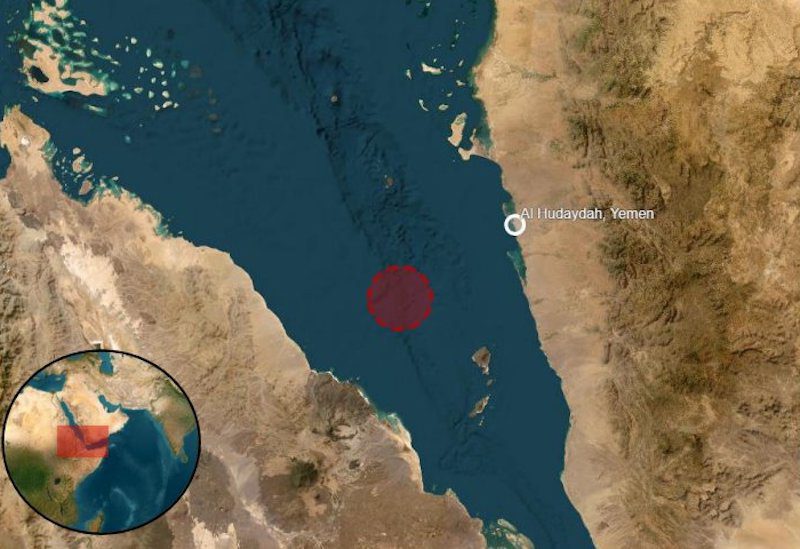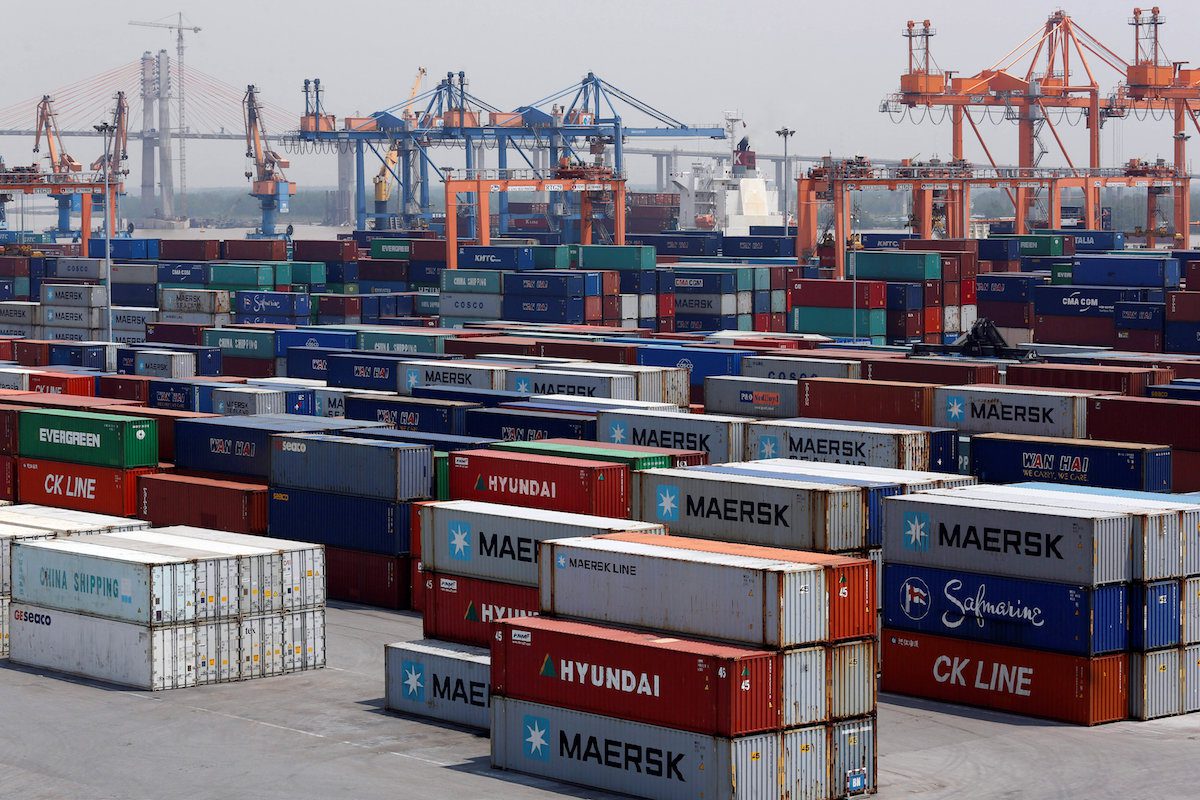Lingering congestion in container shipping is continuing to buoy high freight rates, leading the world’s number two ocean carrier to upgrade its earnings forecast once again.
A.P. Møller – Mærsk A/S (Maersk) said Tuesday it now expects earnings before interest, taxes, depreciation, and amortization (EBITDA) of $37 billion in 2022, a 23% increase from the $30 billion forecast it had called for previously.
The upward revision comes on the heels of Hapag-Lloyd, the world’s fifth largest ocean carrier, raising its 2022 outlook by as much as 30% as profits keep rolling in.
Echoing Hapag-Lloyd’s guidance, Maersk said its new guidance reflects lingering congestion in global supply chain that has “continued longer than initially anticipated,” leading to higher freight rates that have offset flat or slightly lower trade volumes.
Maersk’s guidance assumes a gradual normalization in its “Ocean” shipping busines taking place in the fourth quarter of 2022.
The update from Maersk comes ahead of it releasing its second quarter results on Wednesday. Providing a preview, Maersk said it second quarter financial performance came in ahead of expectations with a revenue of $21.7 billion (this compares to $14.2 billion in Q2 2021), an underlying EBITDA of $10.3 billion and an underlying EBIT of $8.9 billion. “The strong result is driven by the continuation of the exceptional market situation within Ocean,” Maersk said.
Looking again at full year performance, Maersk now expects free cash flow (FCF) to be above $24 billion, up from more than $19 billion previously, while the cumulative capex guidance for 2022-23 remains unchanged of $9 billion to $10 billion.
This all comes as spot rates in container shipping have fallen for 22 consecutive weeks, according to Drewry’s World Container Index, and are now down more than 25% year-over-year. Long-term container freight rates may have also peaked, according to Oslo-based freight benchmarking firm Xeneta, but they remain more than double last year’s level and nearly triple from pre-pandemic.
Despite the freight rate news, Drewry’s Container Forecaster report published in June said that even though container shipping’s pandemic-fueled boom cycle has “undoubtedly” taken a turn in recent months, carriers are proving they can uphold profits even with lower volumes and softening rates. That’s because carriers still hold the “ace card”, and that is lingering port congeston that has been the main driver of sky-rocketing rates. Take away port congestion and the market would likely see a “very swift normalisation”, Drewry pointed out.
An Asia Pacific market update from Maersk on July 29 said terminal congestion, especially in North America and Europe, is continuing to adversely affect schedule reliability, with labor strikes in Germany excaberating disruption caused by vessel delays. “North American port congestion is worsening, increasing the likelihood of more missed sailings,” the update said.
Overall waiting times for U.S. East Coast ports is 0-3 days, but congestion in Savannah and Houston is causing delays of 10-15 days and 14 days, respectively. Meanwhile, waiting times are slightly down in Los Angeles and Long Beach, to 15 days, and also in Vancouver, at 7 days. Prince Rupert’s waiting time has reduced to 5 days, but yard density continues to be past capacity.
Maersk’s update said Shanghai is gradually returning to normal from a two-month COVID lockdown in April and May. Factory production “rebounded nicely in July” with positive signs of a seasonal peak on many trades.
“The situation in Shanghai is normalizing but is still both fluid and hard to predict – this combined with the strikes in Europe and the continuous congestion in the ports in North America means that our customers have a larger need for flexibility and agility than ever,” said Anne-Sophie Zerlang Karlsen, Head of Maersk’s Asia Pacific Ocean Customer Logistics.
Looking at trade volumes, Maersk’s July 29 update said global trade volumes declined by 2.5% in May compared to last year, with year-to-date growth also down by a similar level, granted “these come off last year’s elevated levels.”
“Container imports into Europe were negatively impacted by the Ukraine conflict as volumes following the imposition of sanctions and a broader weakening in demand. Imports into Asia were depressed due to COVID-19 lockdowns in China and a general slowdown in China’s housing market. Imports into North America were stable at a very high level. The outlook remains highly uncertain, and we mainly see downside risks to our base scenario,” Maersk said.
As ocean carriers are just starting to report second-quarter results, it seems plausible that they could even surpass the “mind-bending” $59 billion in profits they earned in the first quarter of the year.

 Join The Club
Join The Club











